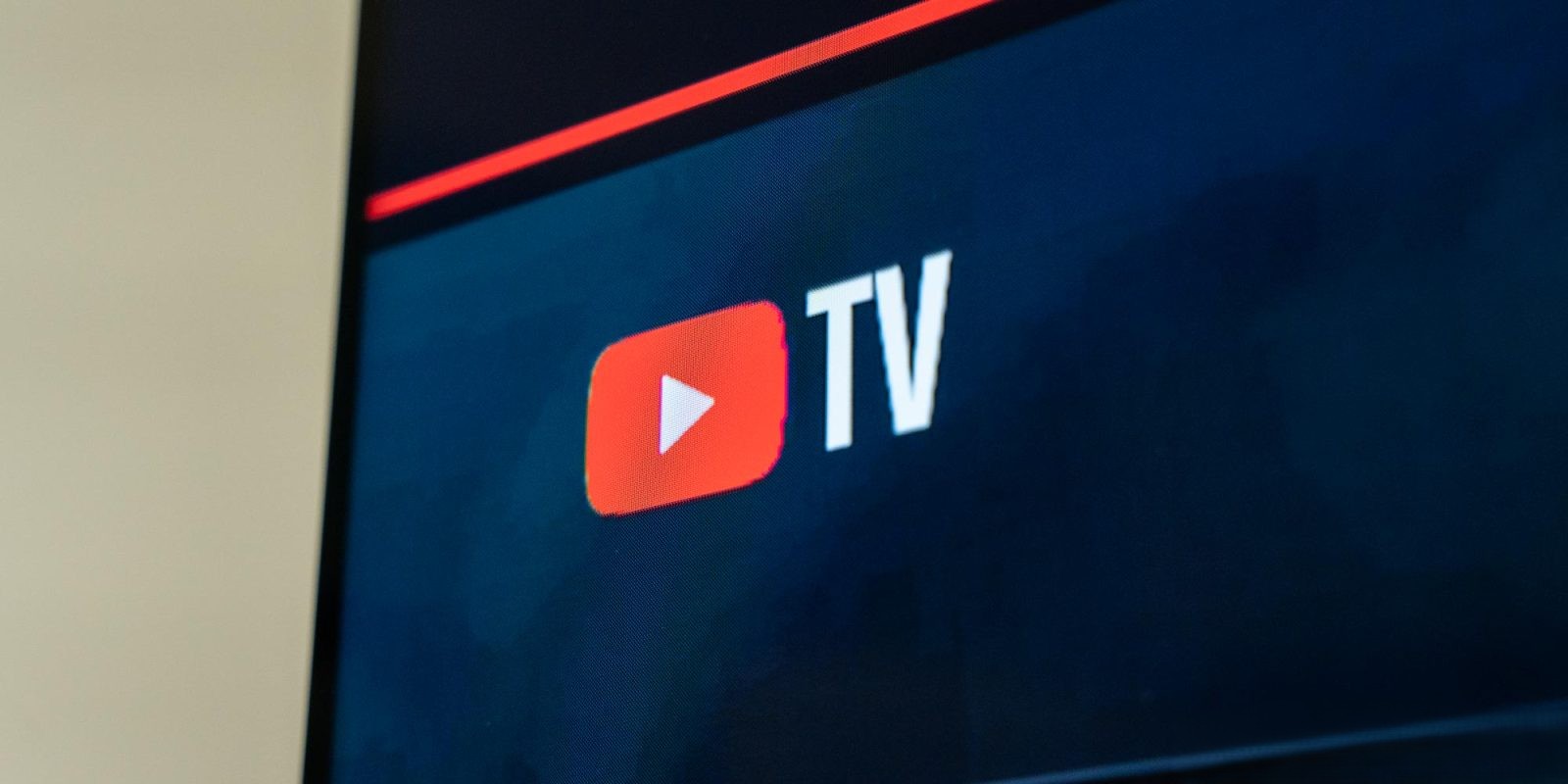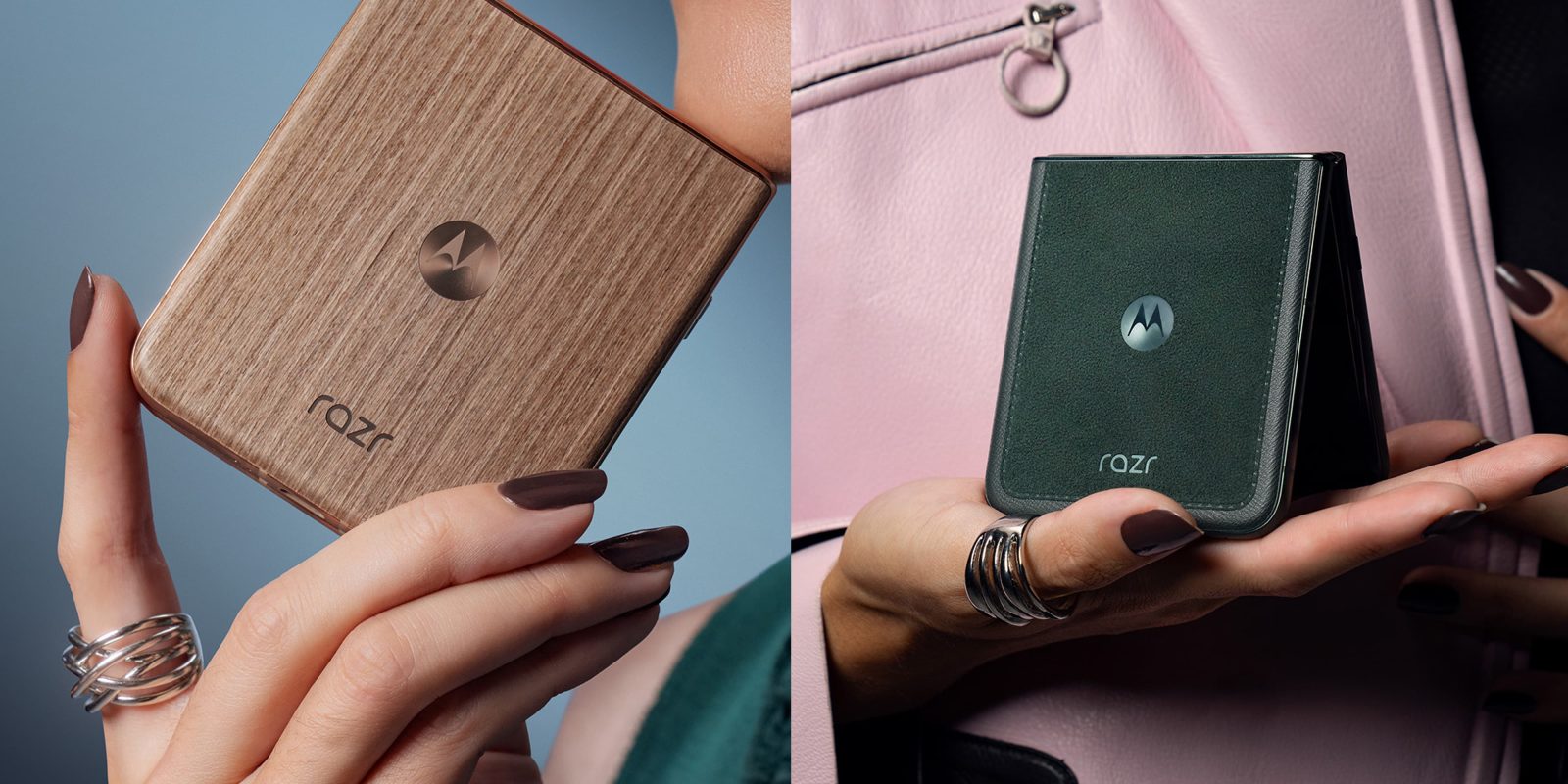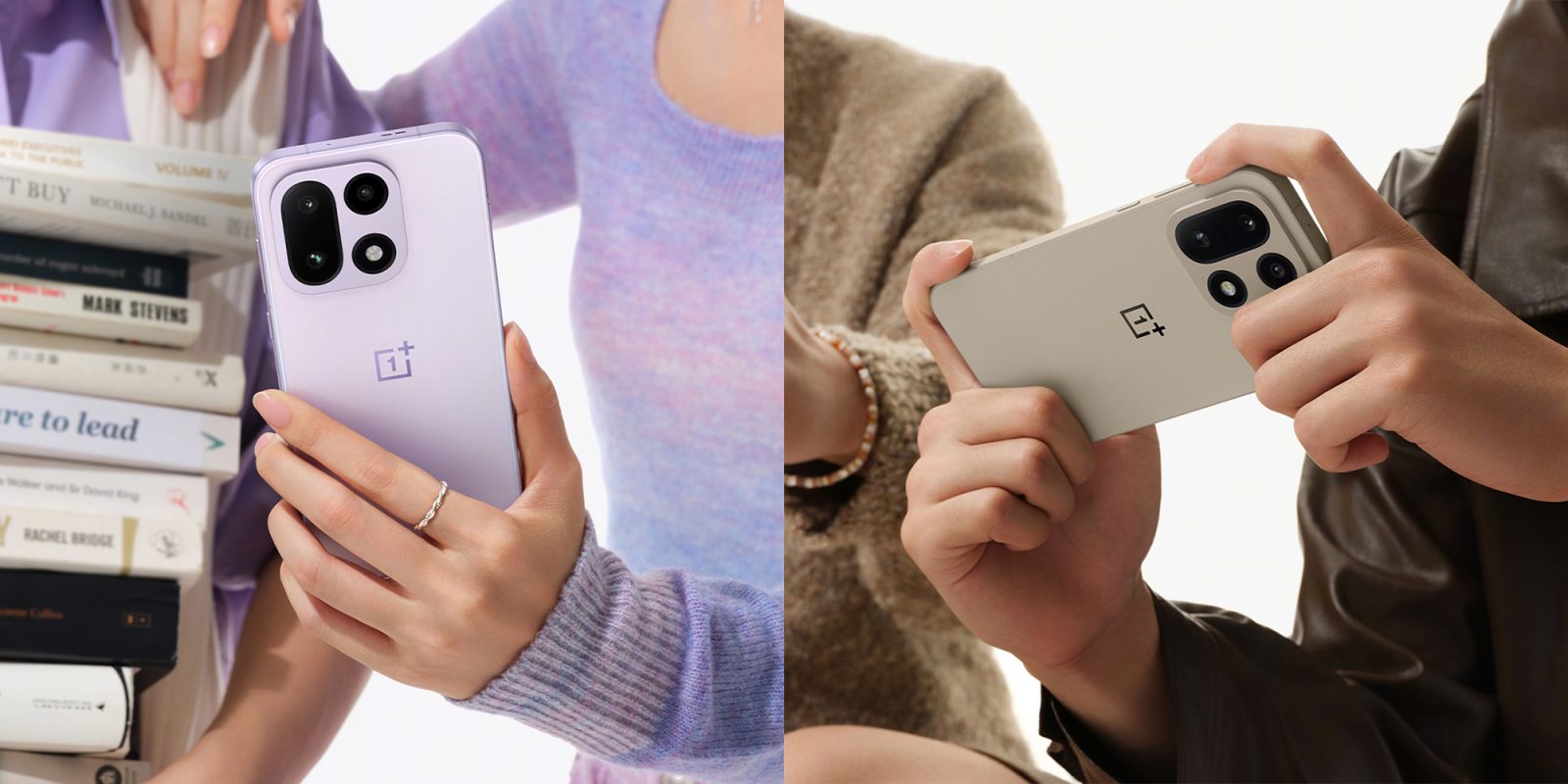Disney and YouTube TV’s Prolonged Standoff: A Deep Dive into the Ongoing Dispute
The ongoing dispute between Disney and YouTube TV has left millions of subscribers without access to popular channels such as ABC and ESPN. This blackout, which began on October 30, 2025, stems from a failure to renew their distribution agreement, leading to significant disruptions for viewers and financial implications for both companies.
Background of the Dispute
Negotiations between Disney and YouTube TV reached an impasse when the previous contract expired on October 30, 2025. As a result, over 20 Disney-owned channels, including ABC, ESPN, and National Geographic, were removed from YouTube TV’s lineup. This removal has affected approximately 10 million subscribers, many of whom rely on these channels for sports and entertainment content. ([reuters.com](https://www.reuters.com/business/media-telecom/disney-boosts-dividend-buyback-parks-streaming-drive-profit-beat-2025-11-13/?utm_source=openai))
Financial Implications
The blackout has had immediate financial repercussions. Disney’s stock experienced an 8% decline following the announcement, reflecting investor concerns over potential revenue losses. Analysts estimate that a 14-day blackout could cost Disney around $60 million. Despite these challenges, Disney reported a profit beat in its recent earnings call, driven by strong performances in its streaming services and theme parks. ([reuters.com](https://www.reuters.com/business/media-telecom/disney-boosts-dividend-buyback-parks-streaming-drive-profit-beat-2025-11-13/?utm_source=openai))
Stances of Both Parties
The core of the dispute lies in disagreements over carriage fees and distribution terms. Disney accuses YouTube TV of seeking below-market rates, which they argue undervalue their content. CEO Bob Iger stated that Disney’s offer is commensurate with deals that we’ve already struck with, actually, distributors that are larger than they are.
Conversely, YouTube TV contends that Disney’s demands would lead to higher costs for subscribers. A YouTube executive described Disney’s approach as unnecessarily aggressive and assertive, suggesting that the company has an antiquated view of pay-TV economics. ([9to5google.com](https://9to5google.com/2025/11/03/youtube-tv-disney-unnecessarily-aggressive-comments/?utm_source=openai))
Impact on Subscribers
Subscribers have been caught in the crossfire of this corporate standoff. Many have expressed frustration over the loss of access to their favorite channels, particularly during peak sports seasons. In response, YouTube TV has offered a $20 credit to affected customers and has provided instructions on how to redeem this credit through their membership settings. ([cinemablend.com](https://www.cinemablend.com/streaming-news/youtube-tv-released-info-how-to-redeem-credit-for-espn-standoff?utm_source=openai))
Regulatory Perspective
The Federal Communications Commission (FCC) has weighed in on the matter. FCC Chair Brendan Carr urged both parties to resolve their differences promptly, emphasizing the public’s right to access paid content, especially popular programming like football. ([tvtechnology.com](https://www.tvtechnology.com/news/carr-weights-in-on-disney-youtube-dispute?utm_source=openai))
Broader Industry Implications
This dispute highlights the evolving dynamics of the streaming industry. As traditional cable viewership declines, streaming platforms like YouTube TV are gaining prominence. However, these platforms face challenges in negotiating fair terms with content providers, balancing the need to offer competitive pricing to subscribers while ensuring content creators are adequately compensated.
Potential Resolutions
Both companies have expressed a willingness to continue negotiations. Disney CFO Hugh Johnston indicated that Disney is ready to go as long as [YouTube TV] wants to, suggesting a readiness for prolonged discussions. Meanwhile, reports suggest that Google CEO Sundar Pichai and Disney CEO Bob Iger have become more involved in the conversations, potentially signaling a move toward resolution.
Conclusion
The standoff between Disney and YouTube TV underscores the complexities of modern content distribution agreements. As both companies navigate these negotiations, subscribers remain hopeful for a swift resolution that restores access to their preferred channels without significant price increases.



